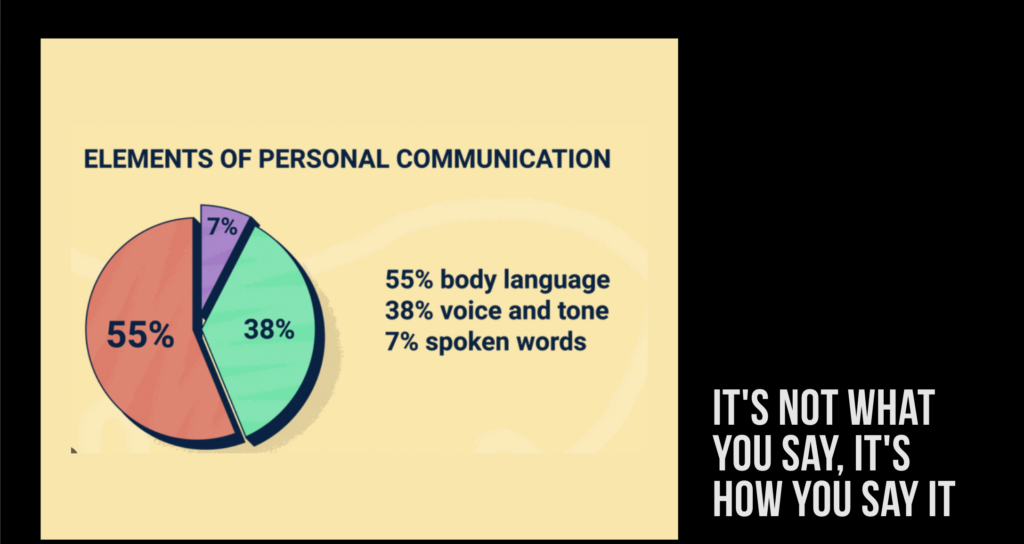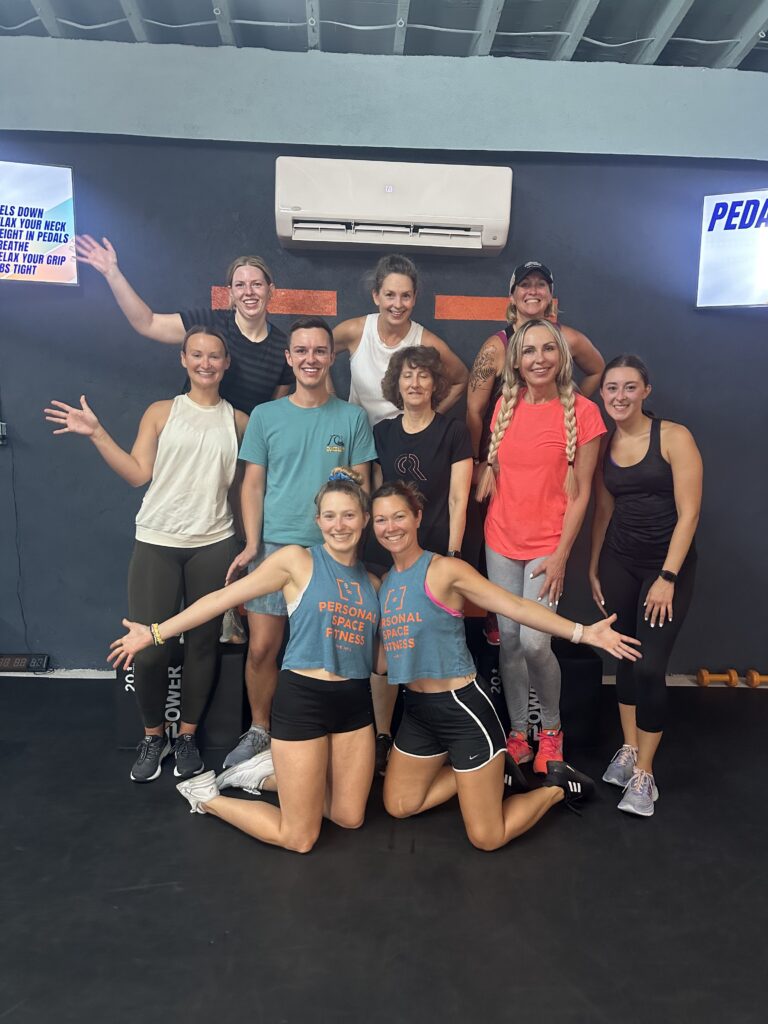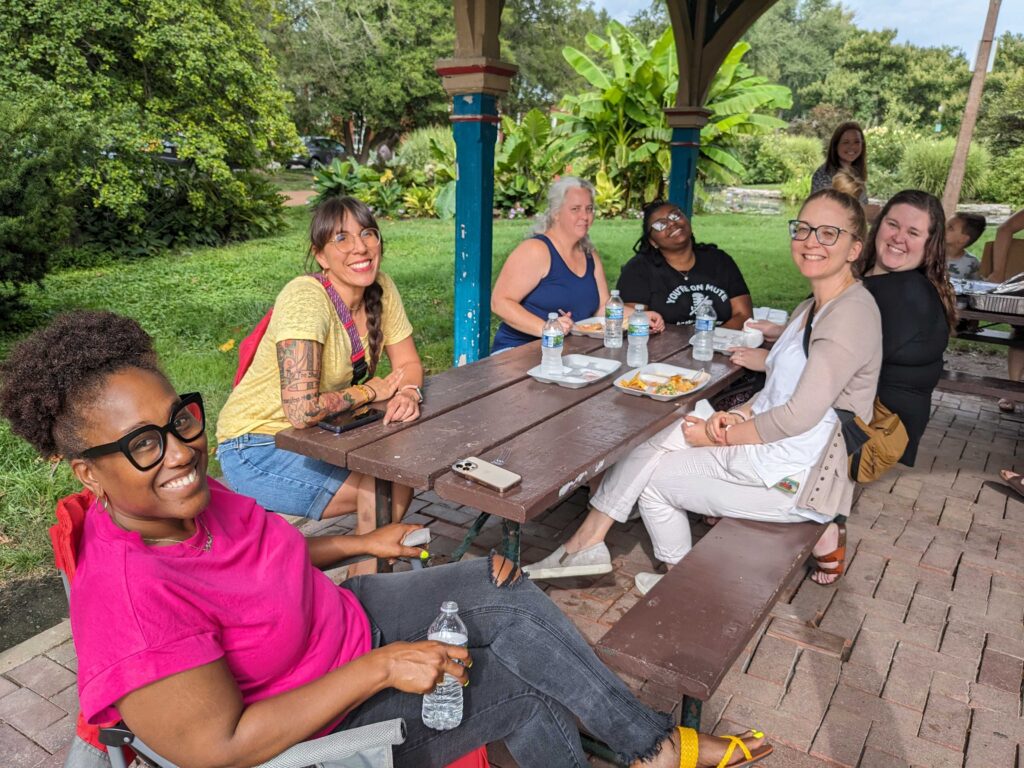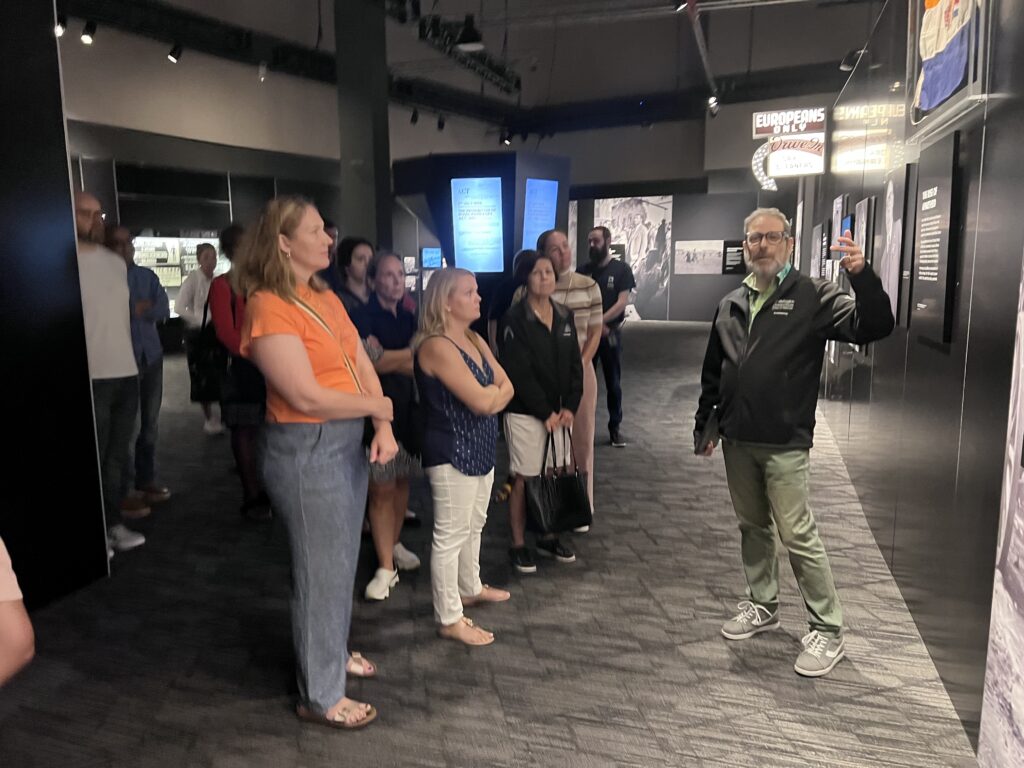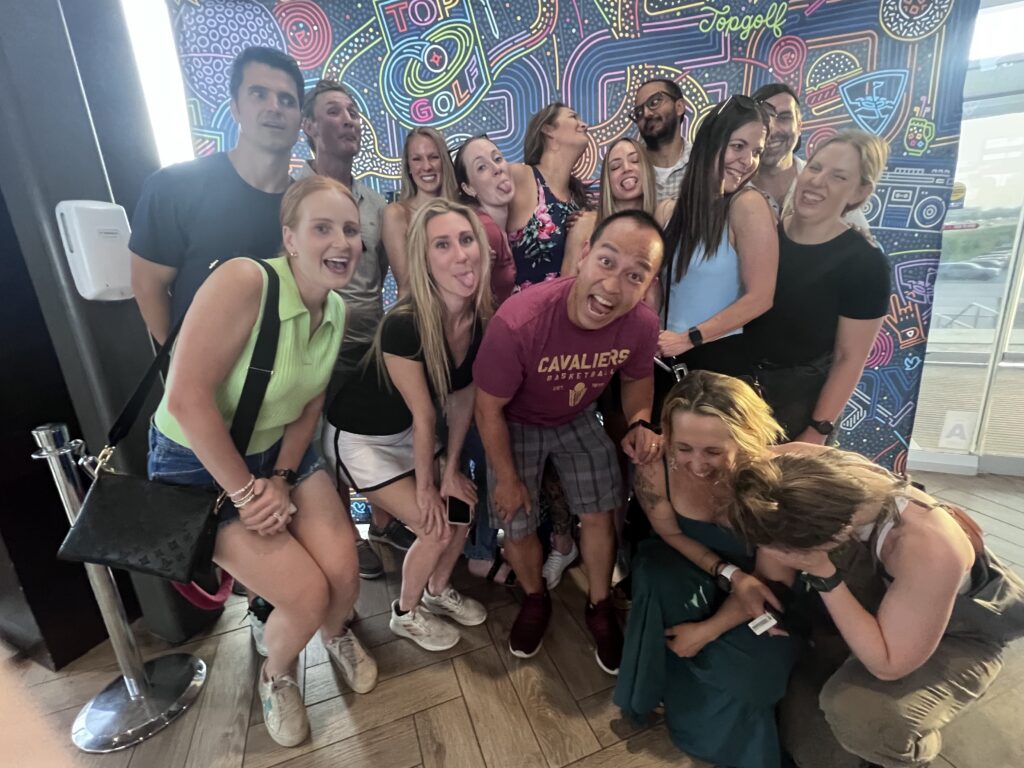The Well-being Word

Associate Vice-Chair of Well-Being
The University of California, Berkeley—a leader in research on the science of social and emotional well-being—describes gratitude as the “social glue” which builds and nurtures strong relationships.
Here in the Department of Anesthesiology, it is so important that we build a culture of appreciation—but WHY is it important to express gratitude and appreciation at work?
Gratitude helps create healthier communication styles within relationships. The practice of appreciation leads to more positive perceptions of our friends and colleagues and greater trust, which allows us to be more comfortable talking through disagreements when they arise.
Gratitude builds a foundation of mutual respect and creates a sense of psychological safety, allowing for open communication and feedback to occur more easily.
Gratitude fosters supportive environments by reinforcing positive interactions, boosting morale, and improving a sense of belonging. It encourages teamwork, empathy, kindness, cooperation, and a willingness to help one another.
Gratitude cultivates a sense of appreciation for each other’s efforts and contributions. When team members feel valued and acknowledged, they are more likely to be engaged in their work.
Gratitude helps you see the bigger picture and become more resilient in the face of adversity.
A quick THANK YOU goes a long way, folks!
How are you expressing gratitude each day to those around you? A thank you or compliment at the end of a case? A text message after an efficient meeting? An email after an inspiring lecture?
I challenge you to express gratitude to someone each day!
(Stay tuned for a new way to thank your colleagues coming soon!!)
Thank you all for contributing each day to cultivate the community and culture we desire here at WUDA. I am endlessly appreciative of all the wonderful and unique aspects each of you brings to this department.
Yours in Wellness,
Erin
Where in the World is WUDA?
Get a firsthand look into the exciting summer adventures your colleagues have been on!
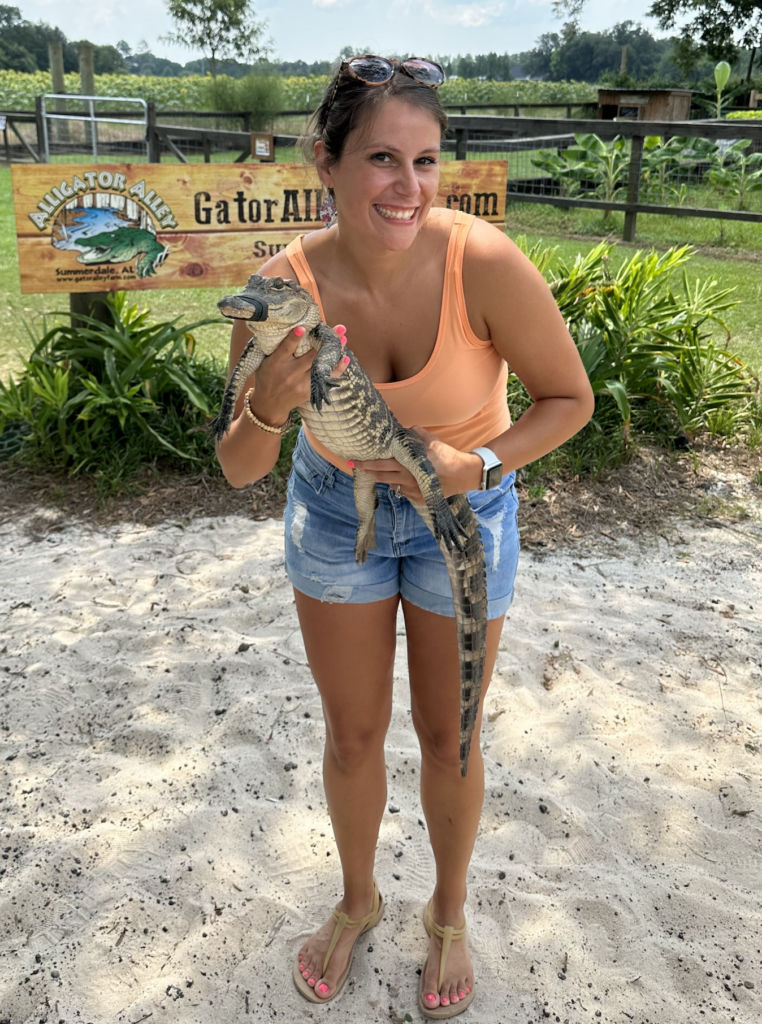
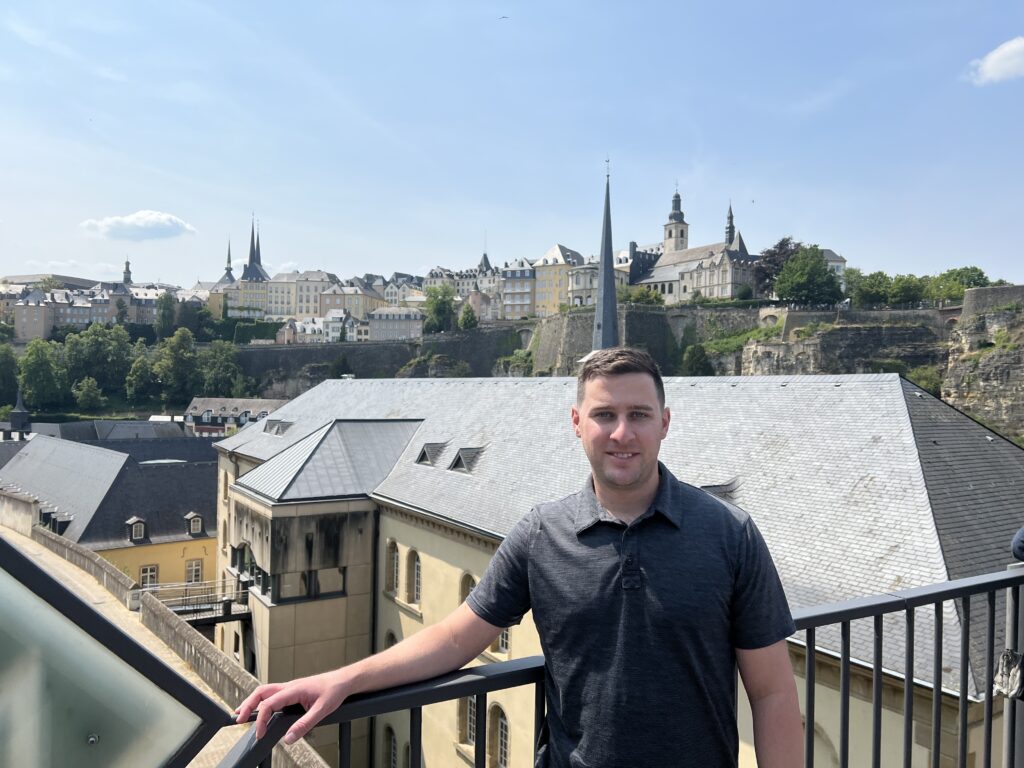
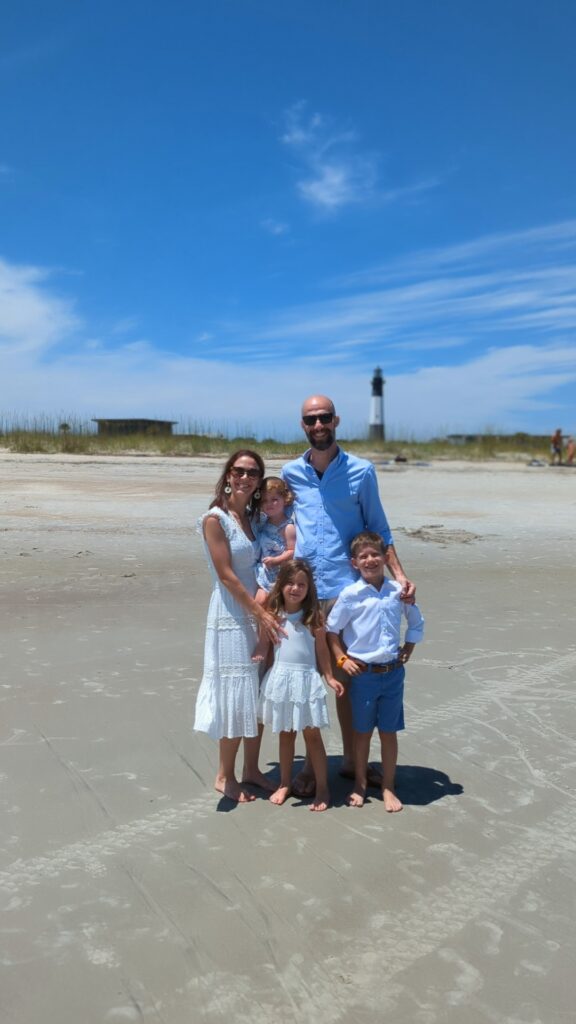
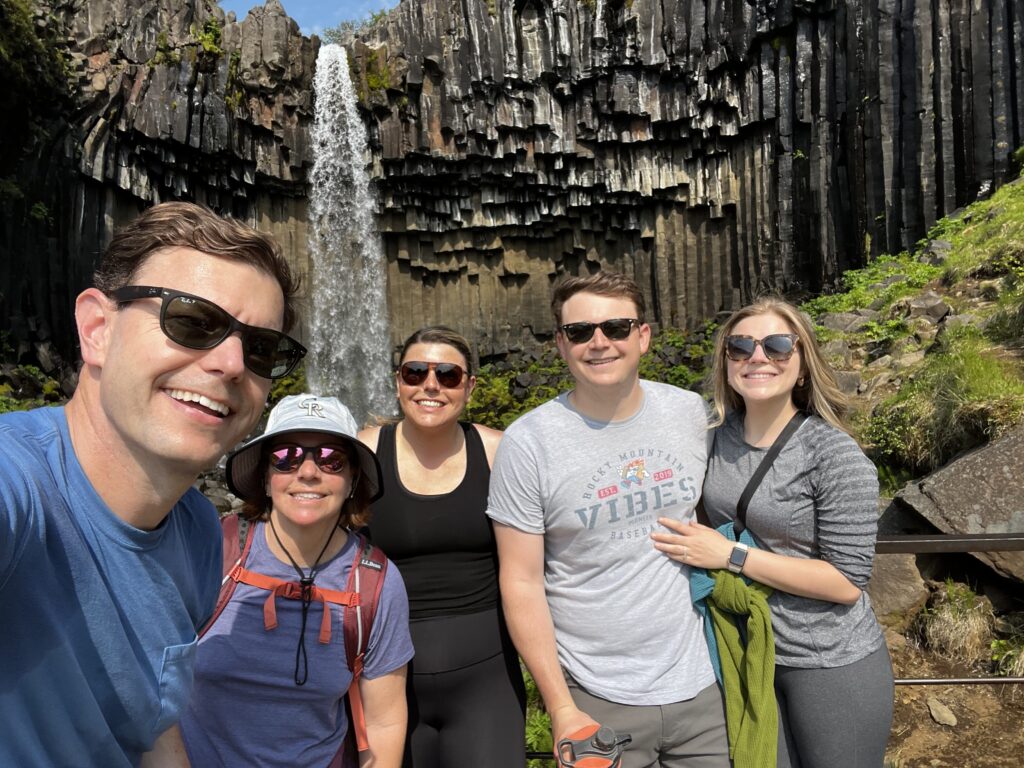



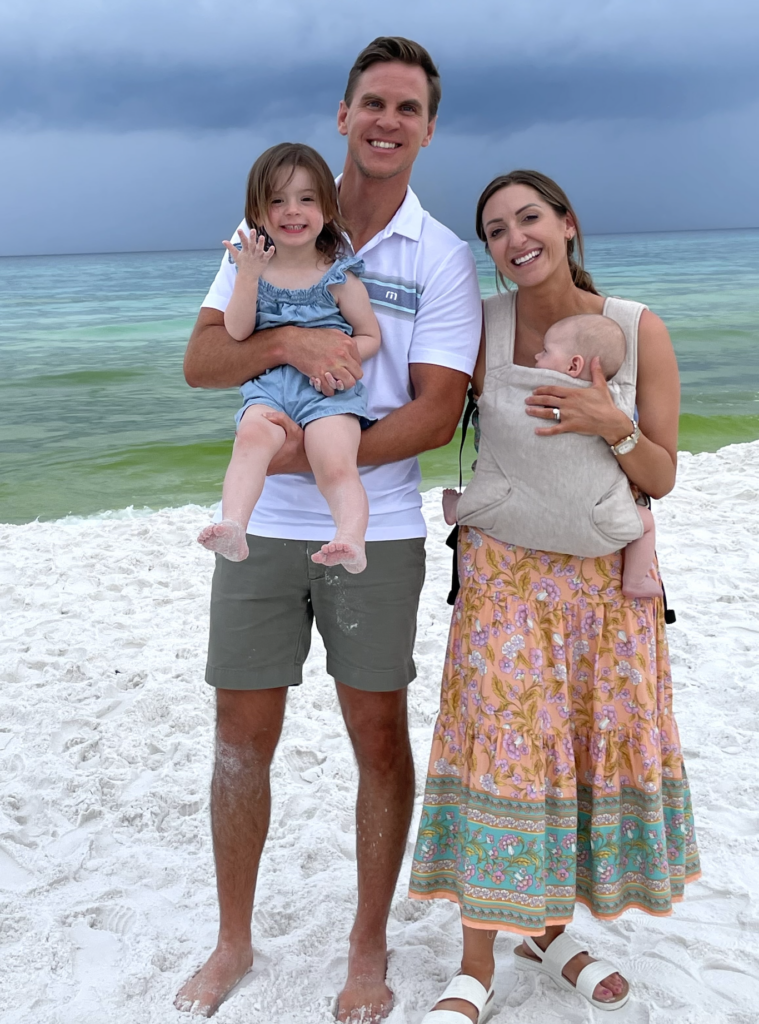

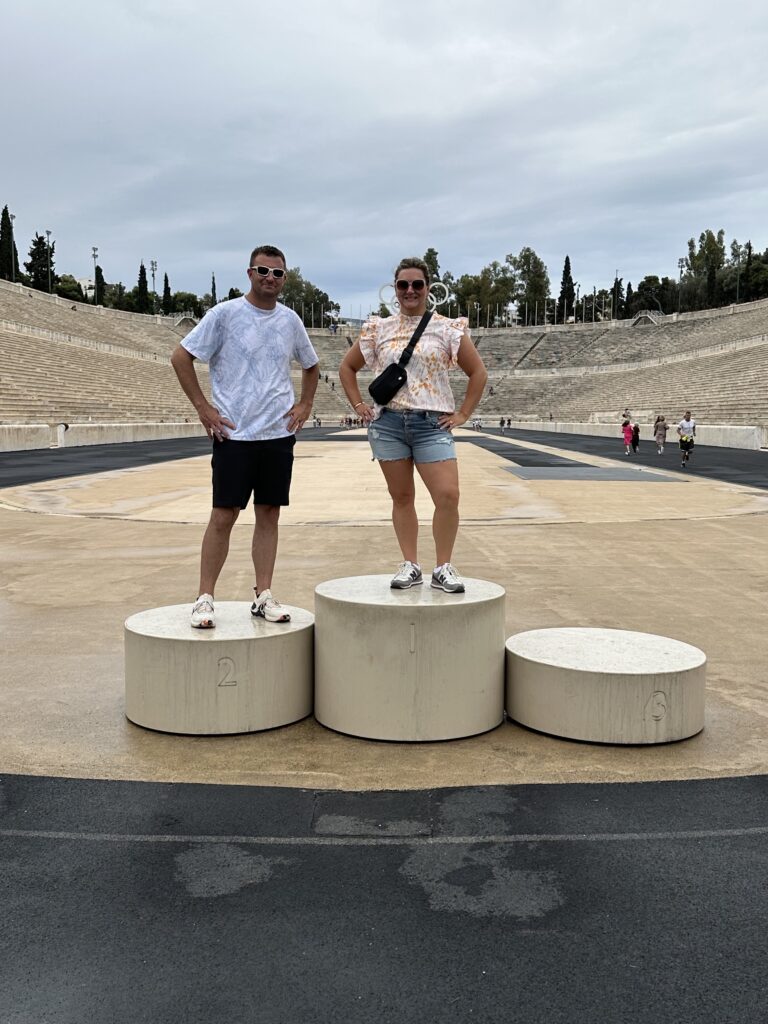


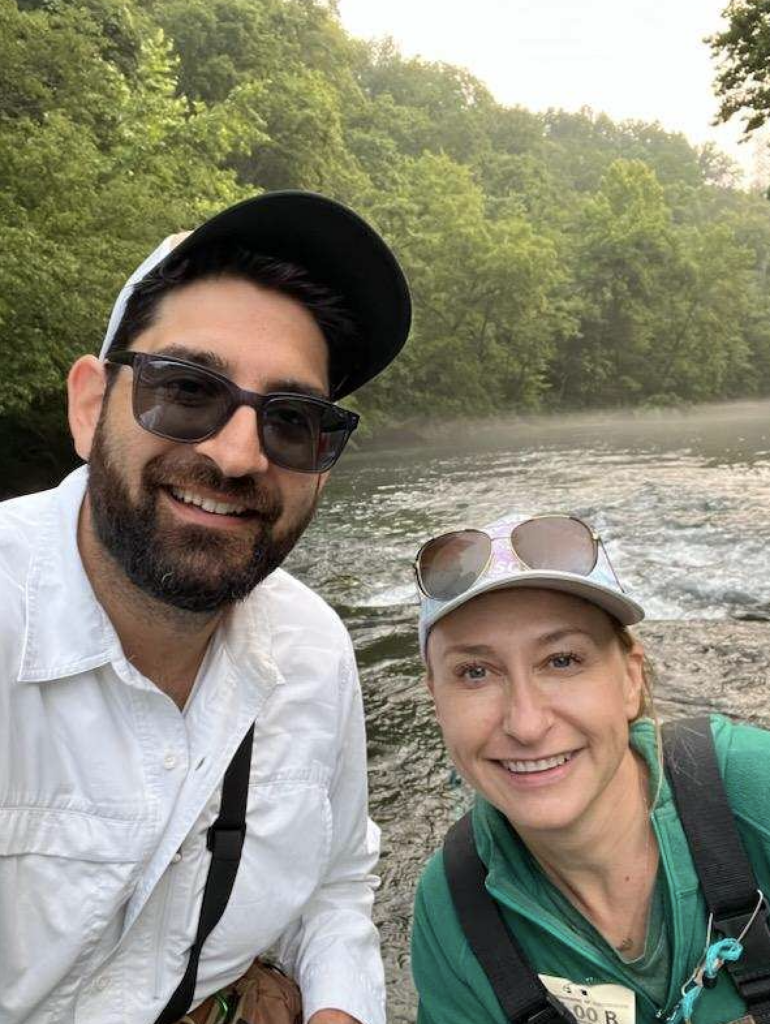
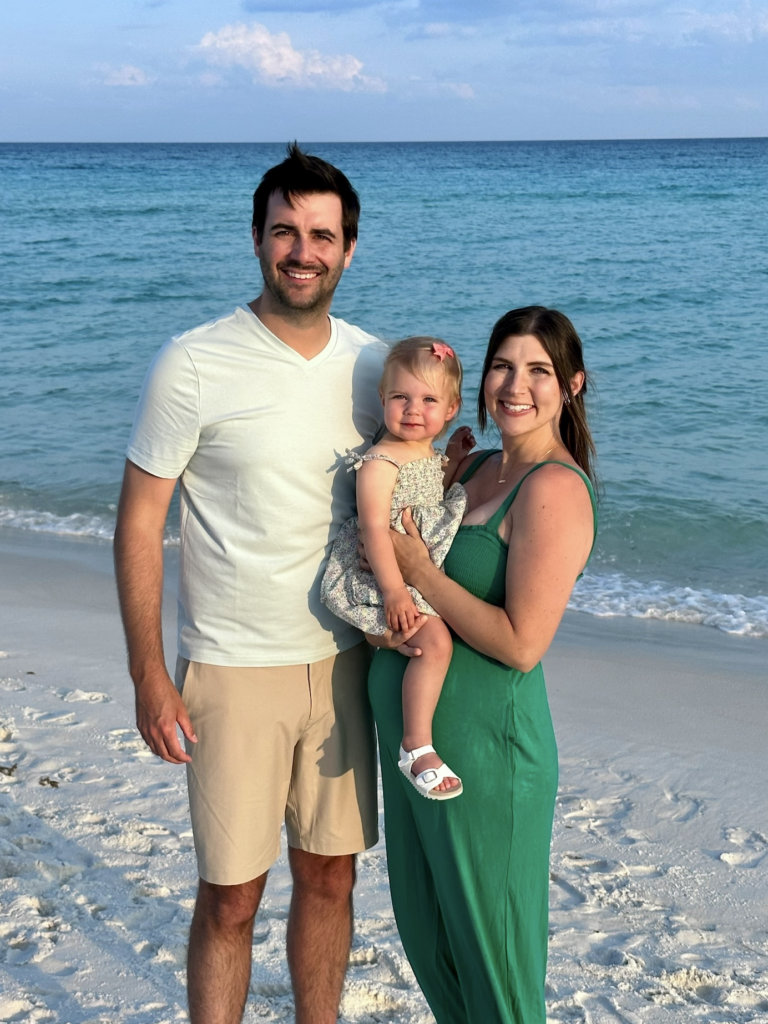


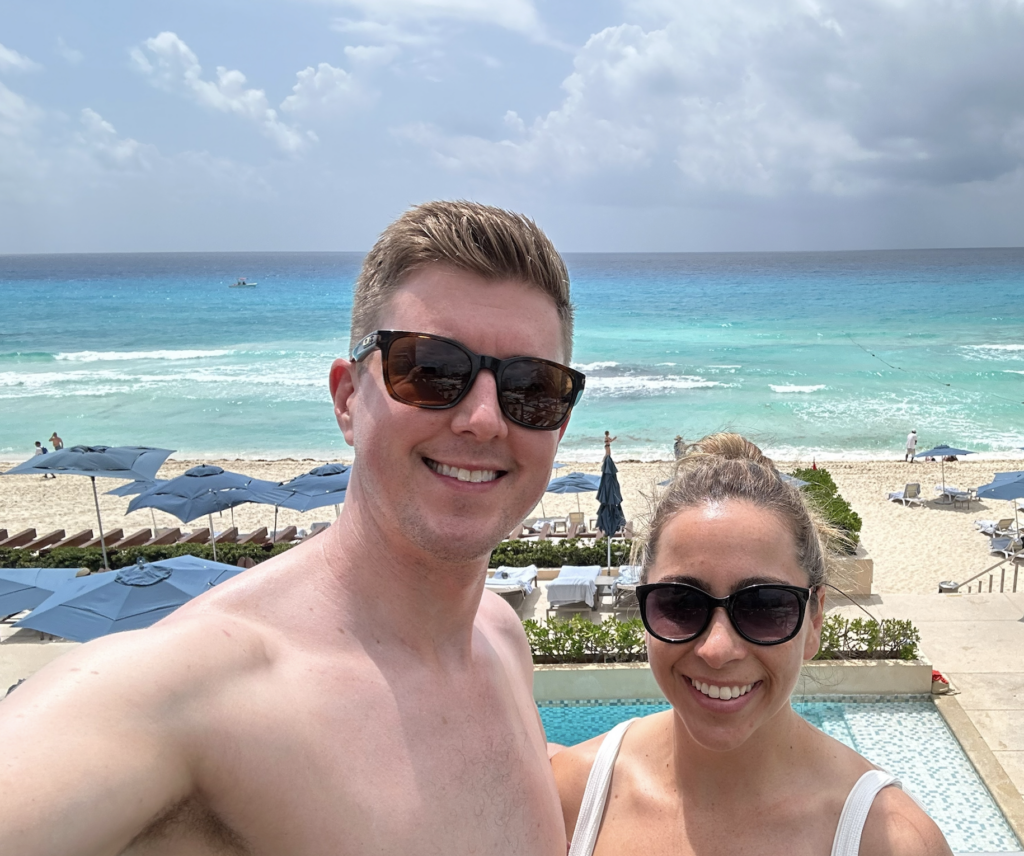
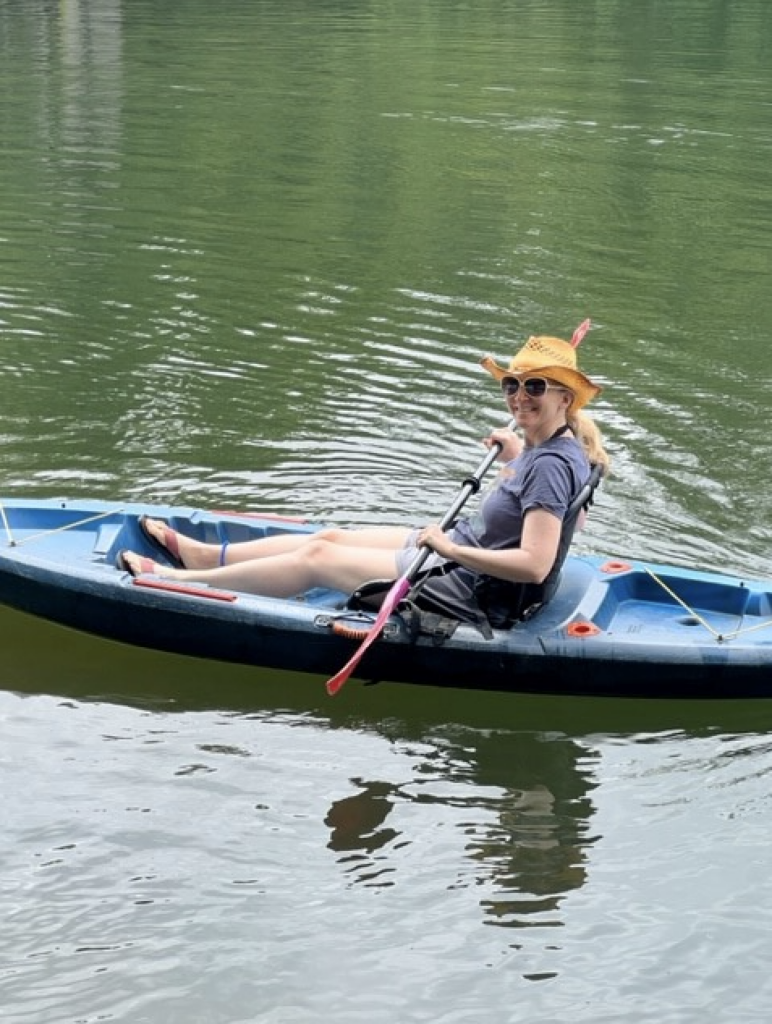


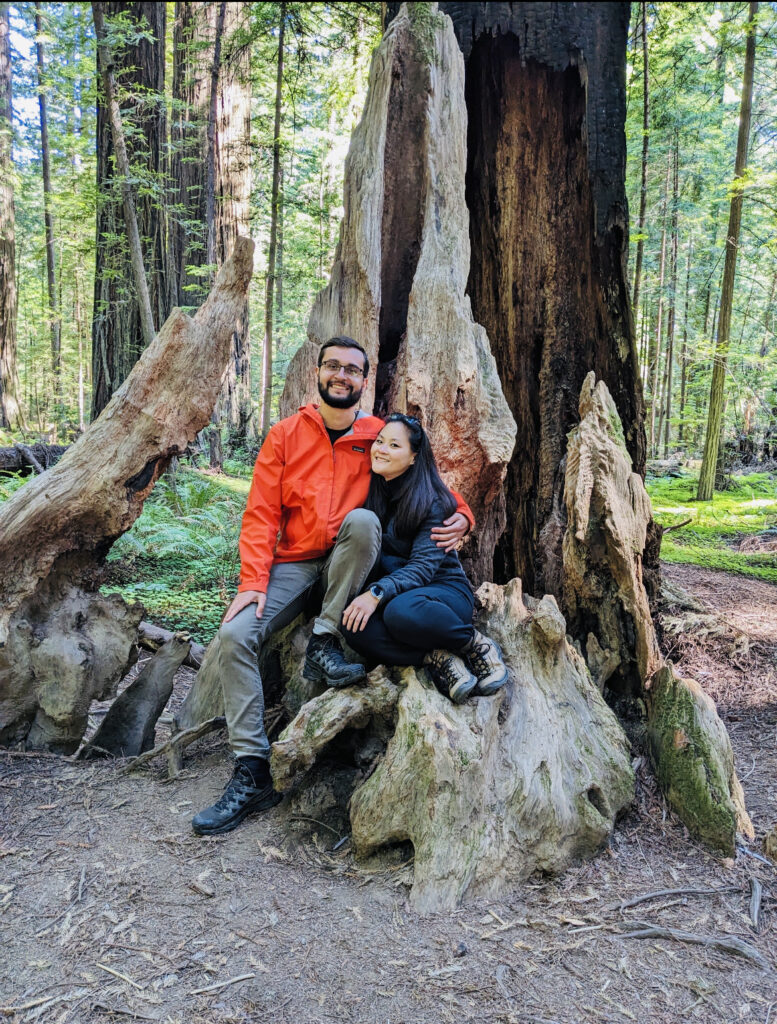


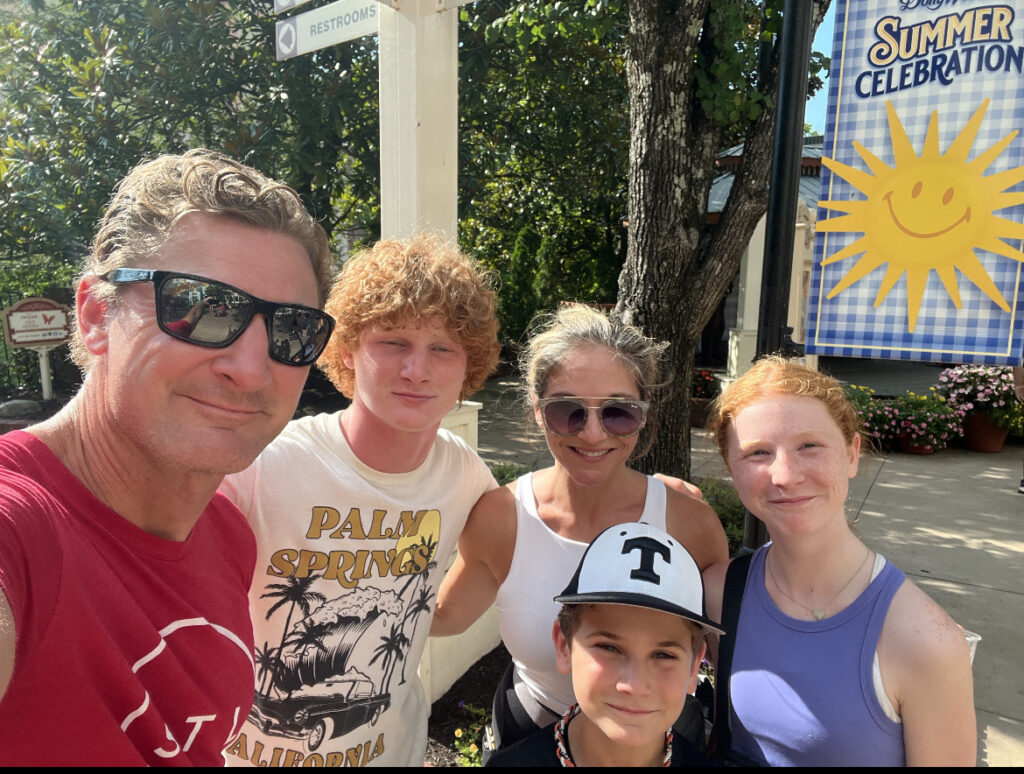
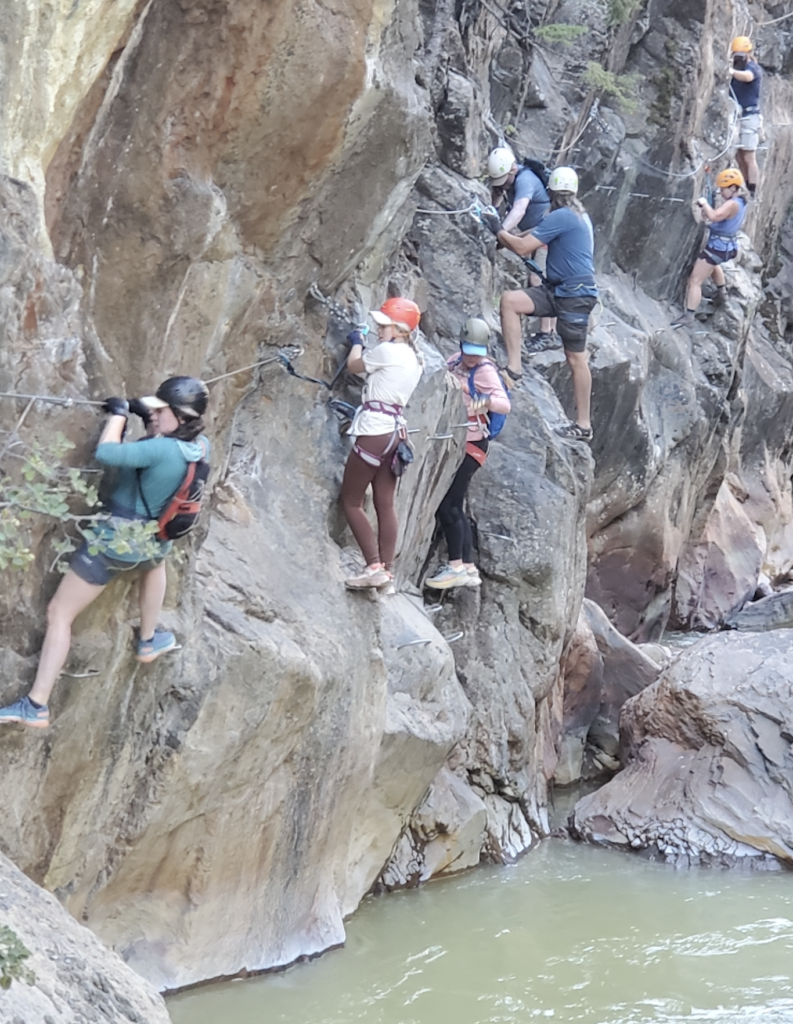

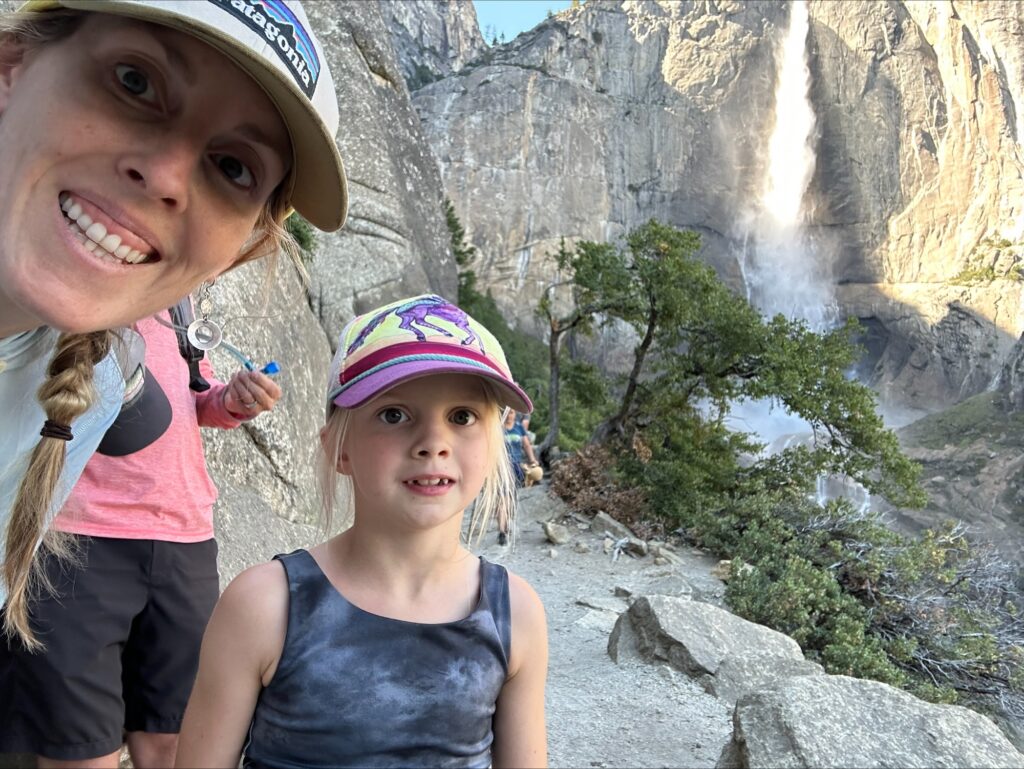
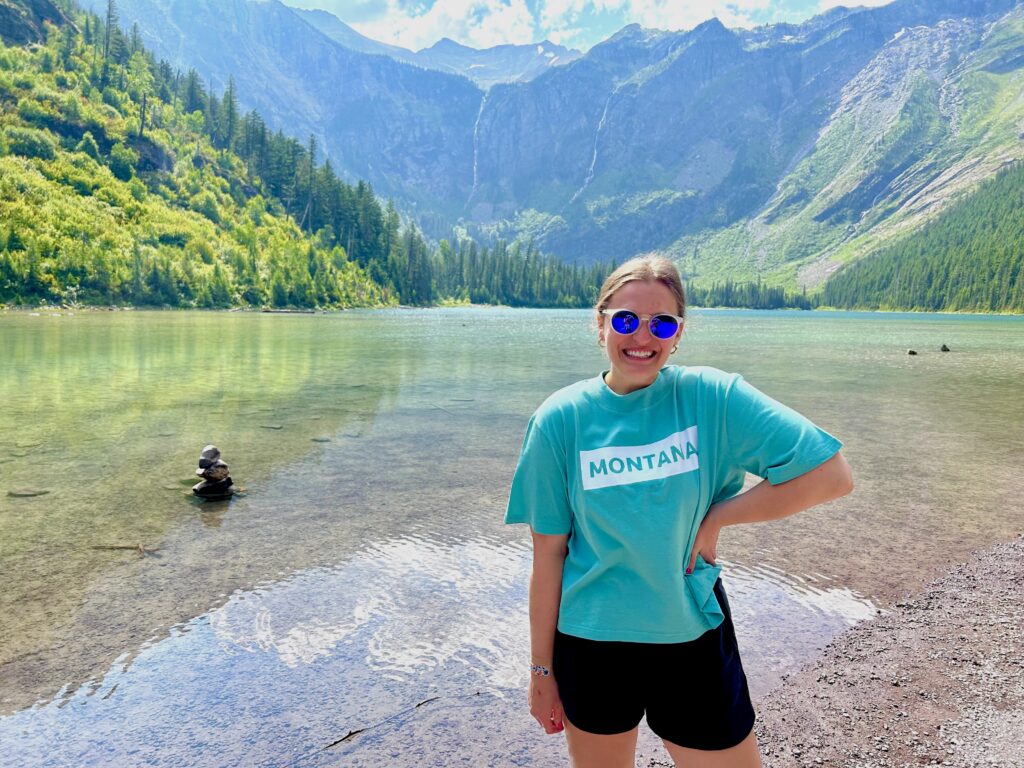

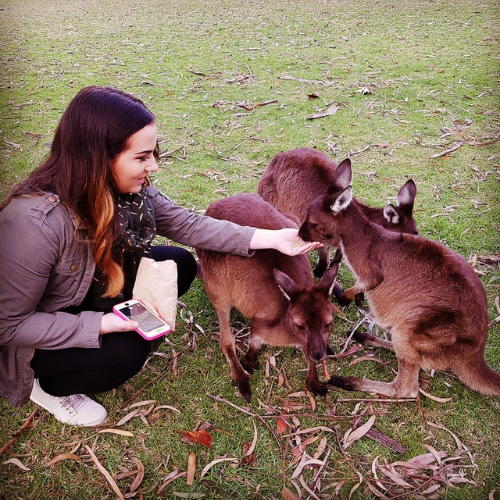

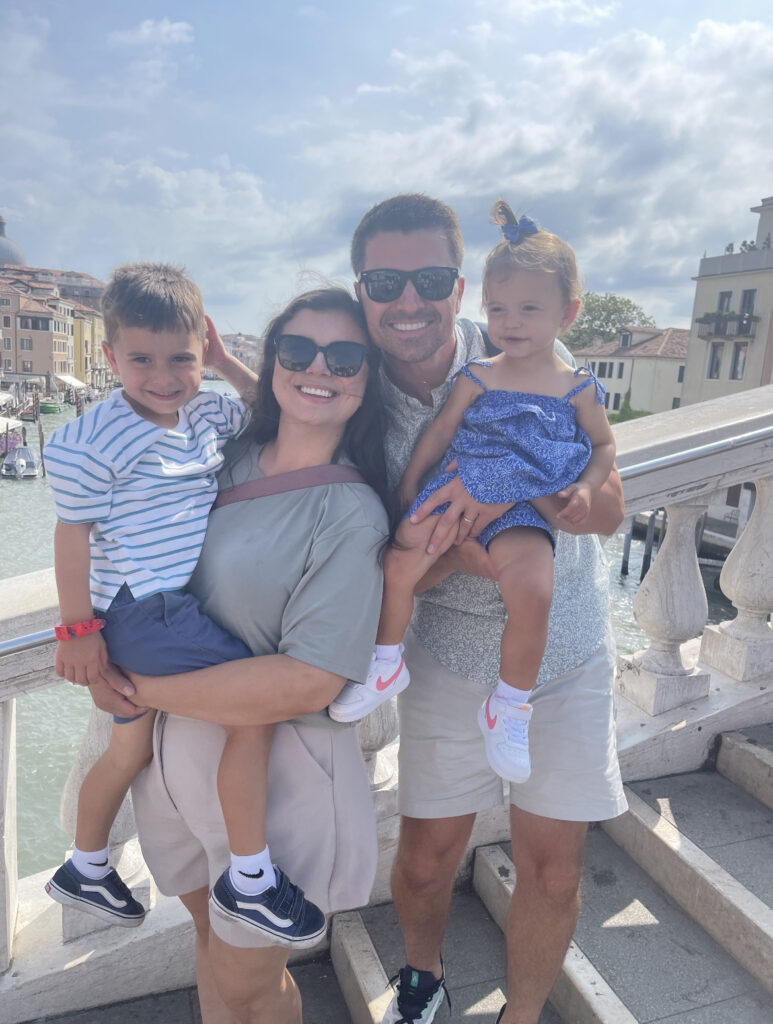
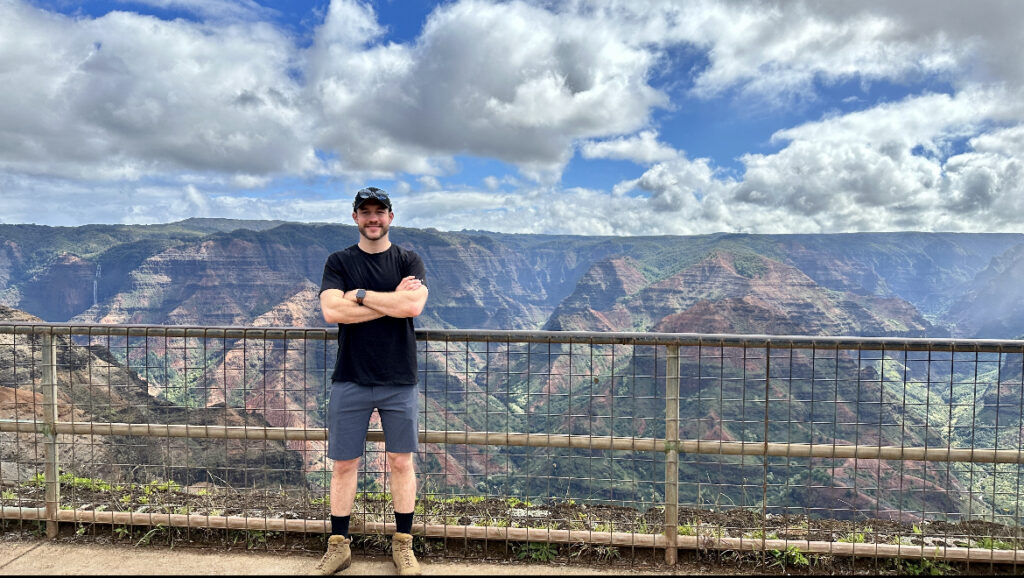
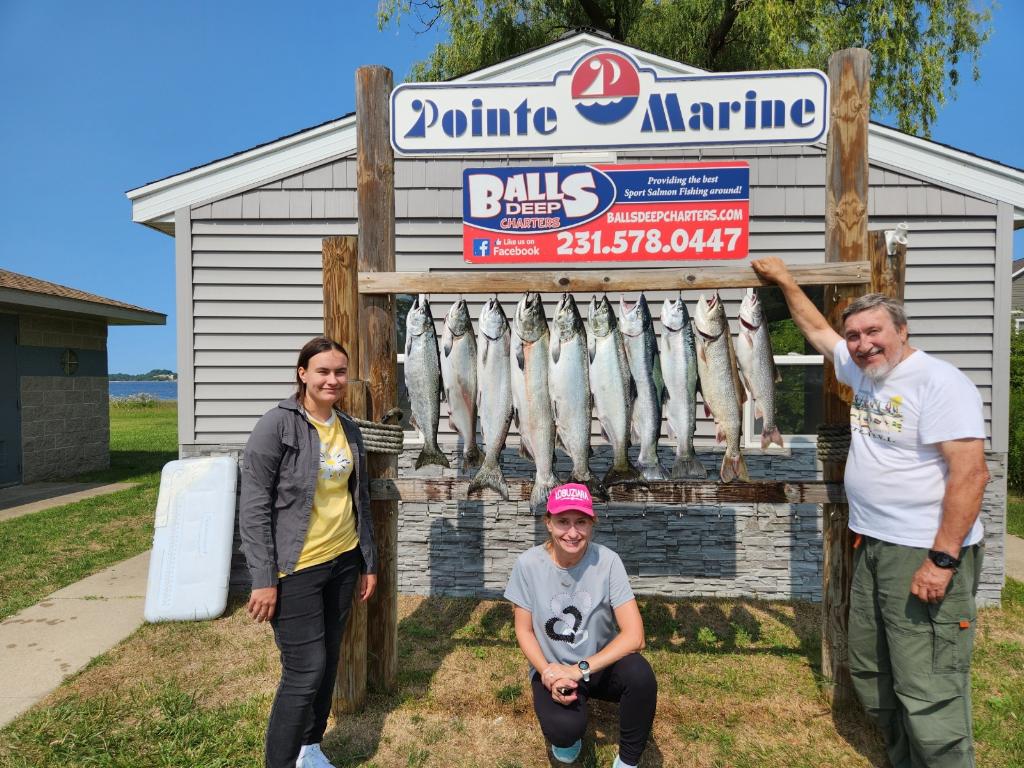



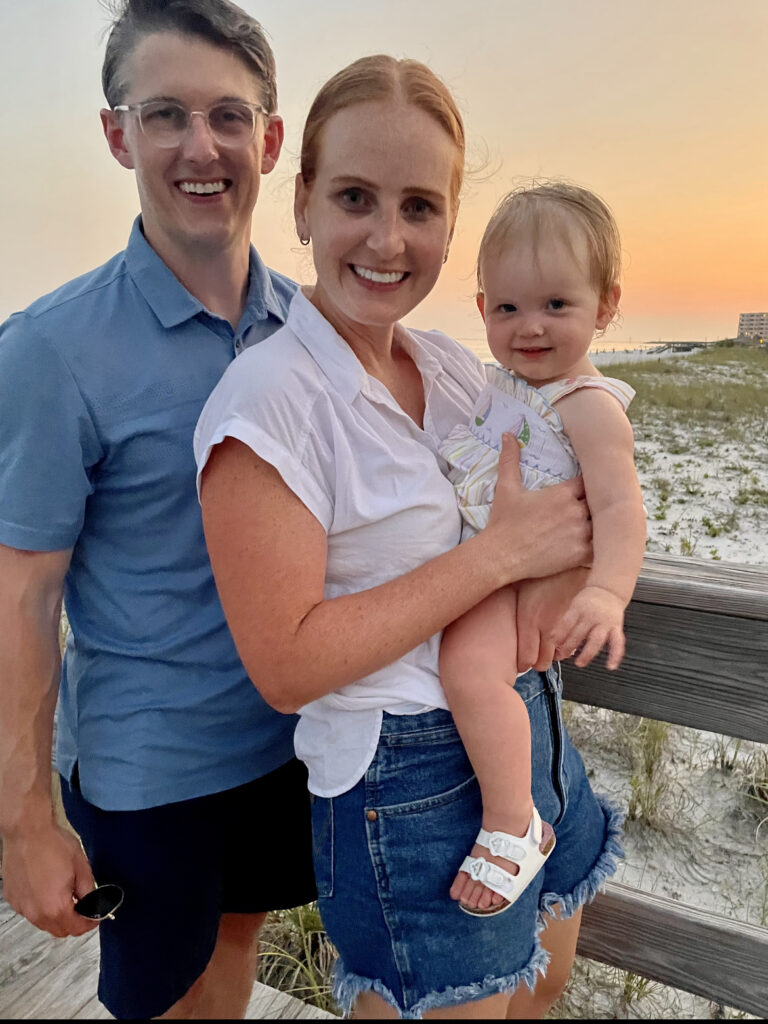
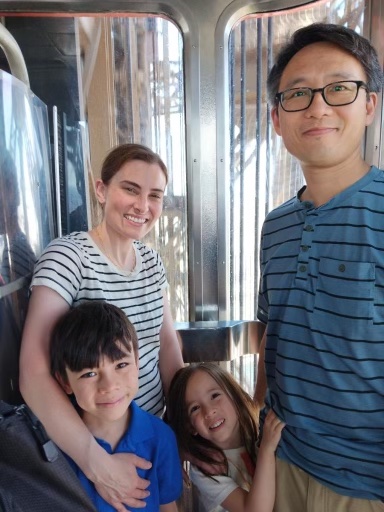
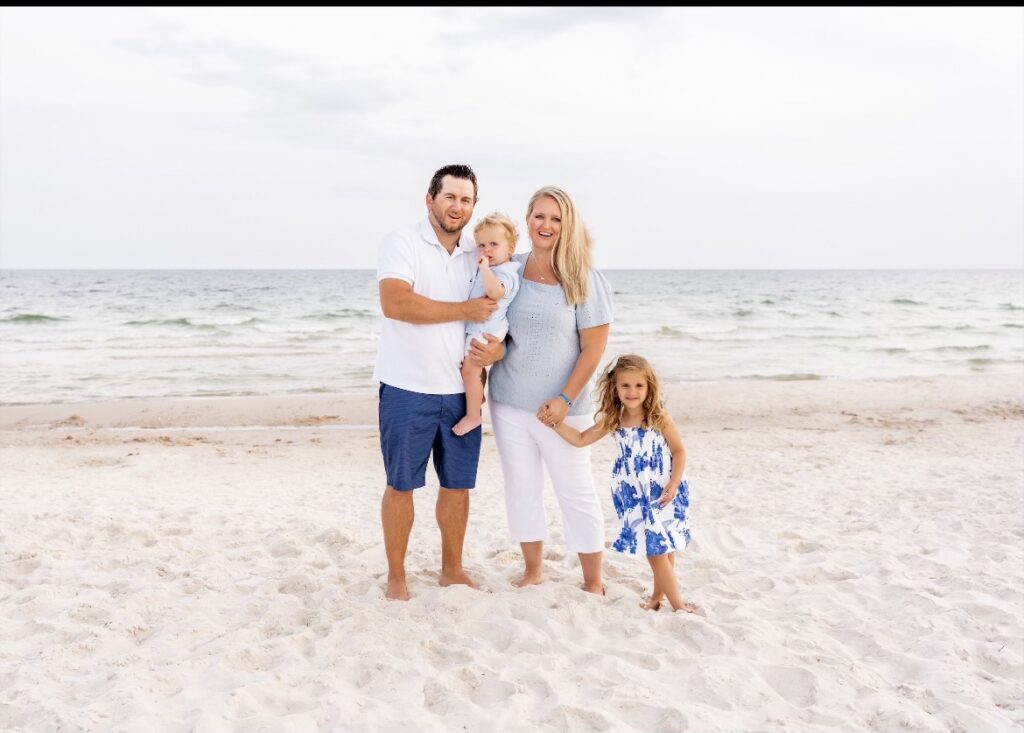

Happenings
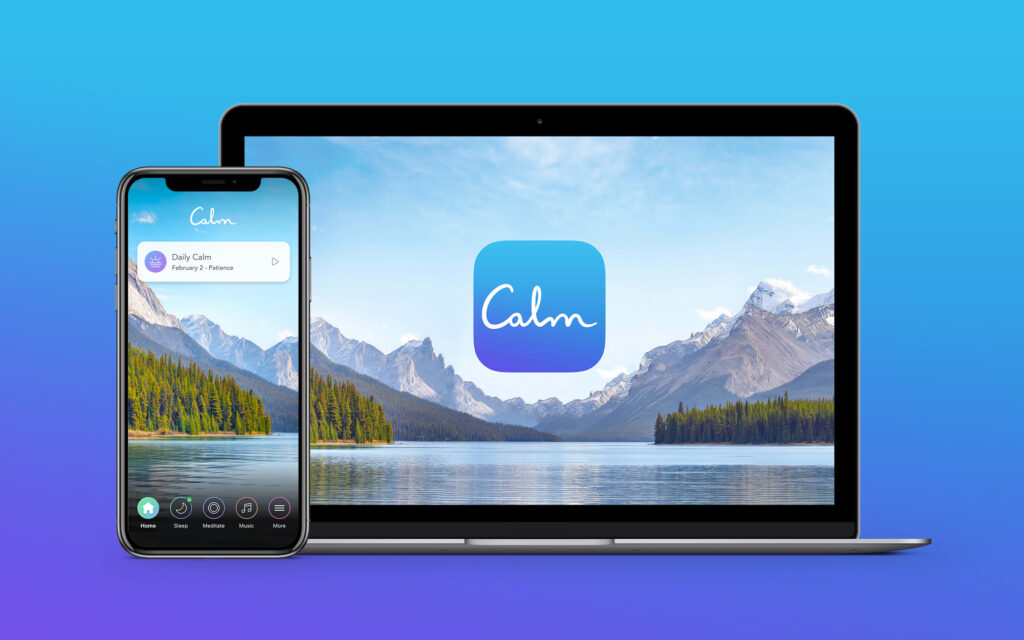
Mental health resources available for your whole family
Calm, our mental health partner, is a family-friendly benefit that can be used by anyone in your family. It also caters to parents and those navigating pregnancy. For those with children, Calm for Kids is a wonderful resource to support their growth.
Here are some recommendations from Calm, our mental wellness partner, that you can explore:
Conscious Parenting Masterclass: This series helps you create a mindful environment for your children. It includes sessions on becoming a conscious parent, the mirage of perfect parenting, and parenting myths debunked.
Calm Kids: This collection houses a variety of soundscapes, lullabies, meditations, sleep stories, and kids’ movements for you to use with your little ones.
Nurturing Pregnancy: This pregnancy collection includes empowering practices and reassuring talks to help you through the entire journey of pregnancy.
Postpartum Healing: This postpartum collection is designed to support you during this tender and powerful time of motherhood.
Join one of the Calm App Webinars to learn how to get the most out of your Calm experience and bolster your overall well-being.

Professional Development Cohorts
Fall and winter dates for our Professional Development Program are now available! This program caters to all members of our department, regardless of your role. Our objective is to assist you in shaping your professional journey in alignment with your individual goals.
Across a span of four weeks, each cohort will encompass a series of four sessions. The uniqueness of these workshops lies in their adaptability – there are no prerequisites, meaning you can select and attend sessions purely based on your interests.

PIA SAFE
What is a PIA SAFE Champion?
Interested in joining PIA SAFE?
Our next event is PIA SAFE & Pizza on October 17 from 6-7:30 p.m.
Check out the PIA SAFE website to learn more! And be sure to click on the link below to read the latest PIA SAFE newsletter.
Do you know about the 7-38-55 rule?
It’s a little insider secret about communication. When we’re talking to someone, only a tiny 7% actually comes from the words we say. The real action happens in the nonverbal stuff like the tone of our voice, that’s 38%, and then 55% comes from what our body language and facial expressions. It’s not what you say, it’s how you say it.
